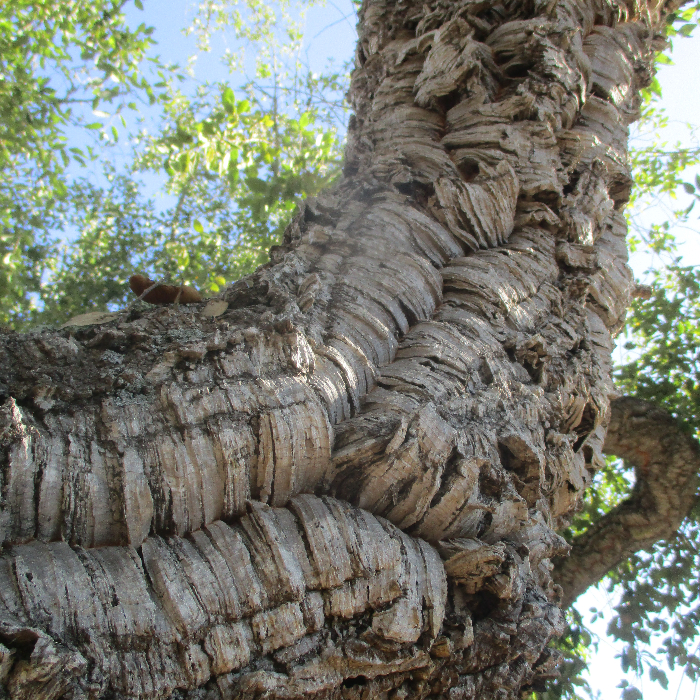UNITED STATES—Chimney clearance pruning is easy to overlook nowadays because, for various reasons, chimneys are becoming obsolete. Modern homes lack them completely. Some chimneys of older homes succumbed to earthquakes. Because of simpler and cleaner alternatives for heat, remaining chimneys and their fireplaces, as well as firewood, are almost passé.
Ironically, chimineas and fire pits have become a fad. Most modern fire pits use propane for fuel, but a few use firewood. Although such fire pits and chimineas burn less firewood than fireplaces, they are ridiculously less efficient. Their warmth simply escapes into the atmosphere. Relative to the volume of wood they burn, they generate much more smoke.
Nevertheless, whether for fireplaces, wood stoves, fire pits, or chimineas, firewood is not yet completely obsolete. Some households only rarely use small quantities for ambience fires. Some households still use more significant quantities to supplement home heating. A few households rely on firewood as their primary or exclusive source of home heating.
Firewood is a commodity that actually does grow on trees.
For unrelated reasons, the availability of firewood has declined with its demand. Orchard trees that were still relinquishing their space decades ago are now gone. Also, wildlands are now farther from large urban regions where most people live. Wood from demolished buildings is more likely to become chipped mulch than to become available as firewood.
Fortunately, most tree services sell firewood that is a byproduct of their work. Such wood is generally a mix of various species, so may include some degree of softwoods, such as pine. Rural tree services are more likely to be able to provide specific types of hardwood and are also more likely to be able to deliver it. Their softwoods might be less expensive.
Tree services prefer to leave wood where they do tree work, and actually charge a bit for removal. Cut rounds of logs should be firewood length, but need splitting and seasoning. Inadequately seasoned or damp wood generates more smoke than properly dried wood. It should stay sheltered from rain. Palms and yuccas are impractical for use as firewood.
Highlight: Cork Oak
This is a tree that takes some time to impress. Bloom is uninteresting. Foliage is no more distinctive than that of coast live oak. Instead, the most spectacular characteristic of cork oak, Quercus suber, is the boldly striated and uniquely spongy texture of its mature bark. Such bark takes a few years to develop but gets so thick that it seems significantly older.
As its name implies, cork oak had historically been the exclusive source of bark for corks and cork products. As modern and more practical materials diminished demand for such bark, cork oak became more popular as an evergreen shade tree. It is quite happy within the arid chaparral climates of California. In fact, it behaves much like native oak species.
Mature cork oak trees generally stay less than 40 feet tall, even if their trunks are wider than 3 feet with their unusually thick bark. Without excessive irrigation, their roots are notably complaisant. Low branches are more visibly sculptural than high branches. With pruning for adequate clearance though, trees with high branches are striking street trees. Foliar and floral debris is quite messy during spring bloom.
Tony Tomeo can be contacted at tonytomeo.com.






